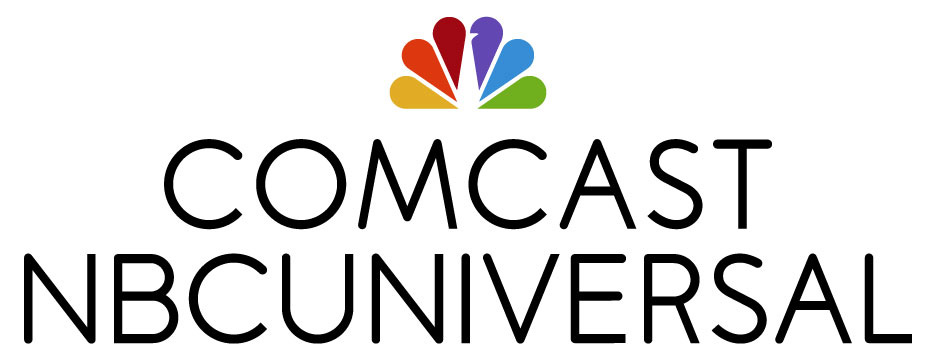Comcast NBCUniversal’s Approach to Bridging the Digital Divide
Dalila Wilson-Scott, Senior Vice President of Community Investment for Comcast NBCUniversal and President of the Comcast and NBCUniversal Foundations
As the internet was making its stunning transition from technological toddler to hard-charging adolescent, two terms came into wide use. Both involved visions of the future.
One was the “information superhighway” and the other was the “digital divide.”
The superhighway was a fantastic vision of a world where people could exchange videos as easily as phone calls, carry multimedia devices in their pockets as powerful as mainframe computers, and feast on a global buffet of options for information, communication, and entertainment. By contrast, the divide was a grim vision of a world where economic and social inequality would be expanded on the basis of who had access to the internet and who didn’t.
Both visions have come true.
The term “information superhighway” went out of fashion and was dismissed as hype after a few years, but the reality of today’s broadband internet services exceeds the predictions of the superhighway futurists. This highway has been built and is being constantly expanded. It reflects over $1 trillion in private investment to deploy broadband, and some of the leading investors are broadband infrastructure providers, like Comcast NBCUniversal.
In a society as rich in digital options as ours, it’s understandable that some Americans might think the digital divide has faded away. It is, however, very much still with us, an engine of inequality at odds with the notion of inclusive development and equitable growth. New FCC Chair Ajit Pai has been an outspoken advocate for closing the divide, and his enthusiasm is matched by many of us in the corporate community.
When I joined Comcast NBCUniversal about a year ago, I was particularly inspired by the company-wide commitment to being a leader in closing the digital divide. From our technicians who interact daily with customers across the board to our product developers, our people clearly felt the urgency of what we think of as the broadband paradox: the more extensive the benefits delivered by broadband technology, the further behind people fall who don’t have access to those benefits.
So, in August 2011, Comcast launched Internet Essentials, our effort to help close the digital divide for low-income families in America, which has grown to become the country’s most comprehensive and successful broadband adoption program. Internet Essentials offers families sharply discounted monthly broadband internet service. If the family needs a computer, we’ll provide them with an internet-ready machine. Every bit as important as the discounted service and hardware, however, Internet Essentials also provides extensive free digital literacy instruction, on-line and in-person, in English or Spanish.
In its first five years, we enrolled 750,000 low-income households, benefiting 3 million Americans. Those households include people like Delis, a single mother in Philadelphia who’s using her new Internet connection to pursue a master’s degree in education and to keep her young son in contact with the language and culture of their native Puerto Rico.
The internet is increasingly essential for getting an education, finding a job and managing health care. Yet, the latest research from Pew shows that about 27 percent of the population is still not connected to the internet — some because broadband infrastructure has not been built out to their homes, but many more because of a host of adoption barriers even though broadband has been built right in front of their homes. The research shows a disproportionately large number of households without broadband are low-income families and/or families of color.
In fact, 75 percent of our Internet Essentials participants are people of color. To be sure, we’re not deluding ourselves that Comcast NBCUniversal, or any other company or even government agency, can solve a societal problem like this by itself. It requires a movement of concerned people across the business, government, and non-profit sectors.
This effort could never have come this far this fast without the support of our 9,000 local partners around the country. That’s particularly exciting to me. These partners include school systems, local government agencies, civic organizations, and religious communities. They’ve built a critical bridge between their constituents and Internet Essentials.
The program also has the personal support of Comcast NBCUniversal employees. Most visible are the more than 2,200 employees who volunteer as ambassadors, work with people in their communities to explain the program, and help families make the most of their broadband connections.
Knowledge is power for families and communities, especially in this digital age. That’s why we are committed to using the reach of our technology, storytelling and media platforms to affect people in meaningful ways and change their lives for the better. From helping kids learn advanced digital skills at their local Boys & Girls Clubs to equipping people with disabilities with technical tools to improve their daily lives, technology is critical for building equality and we want to make it accessible to everyone.
There was a time not that long ago when business was an interested observer of movements for social justice and economic equality, but rarely a participant. That era is history. So, no matter what challenges we face, I take comfort in knowing that our spectator days are behind us.
To learn more about Internet Essentials, click here.



